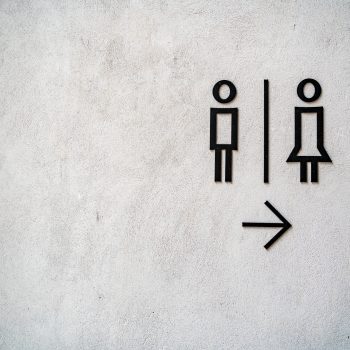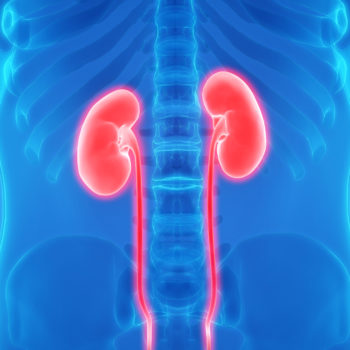Cystitis, which is a bladder infection followed by inflammation of the bladder, can occur at every stage of a woman’s life. However, menopause represents a critical moment: ‘The exit from the fertile period is accompanied by an increased risk for cystitis’, recalls Dr. Alberto Saita, urologist at Humanitas.
Why is the risk higher?
Urinary tract infections mainly affect the urethra and the bladder. The bacteria present in the terminal part of the intestine, near the anus, or in the vagina, can contaminate the urethra and from there enter the bladder, causing infection and subsequential inflammation. The anatomical conformation of the female uro-genital apparatus exposes women to a greater risk: the urethra is shorter compared to the male one, and the bacteria can easily travel back into the bladder.
After menopause, women are even more exposed to the risk of cystitis: ‘With the fall in hormone levels, in particular estrogen, the bacterial flora habitat changes. Moreover – underlines Dr. Saita – the tone of the urethra tissues is reduced and the losses of urine are more frequent. All this makes the woman more vulnerable to bacterial contamination’.
Prevention
Recommendations to reduce the risk of cystitis after menopause include the recommendations given to women during fertile age: ‘It is important to empty the bladder completely, whenever the stimulus is felt; maintain good hydration for diuresis; follow a diet rich in fiber in order to prevent constipation and reduce the presence of bacteria in the intestine; empty the bladder before and after sexual intercourse; pay attention to your personal care’.
In addition to these tips, there are others especially targeted for post-menopausal women: ‘It is possible to take drugs in order to restore the habitat of the bacterial flora, for example ointments with estrogens to apply for local action, and improve the tone of the tissues of the urethra. This way – concludes Dr. Saita – the defenses of the body are increased against the bacteria ascending from the urethra to the bladder’.







